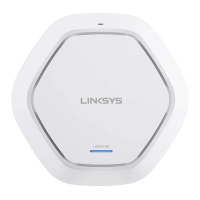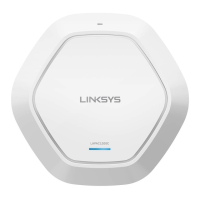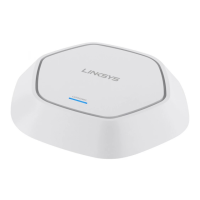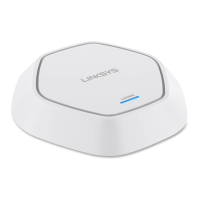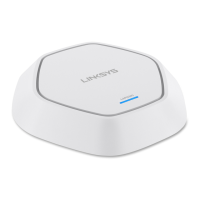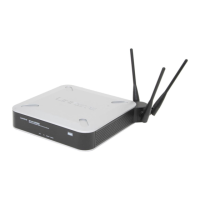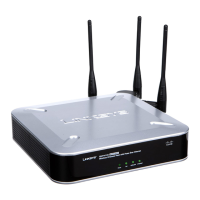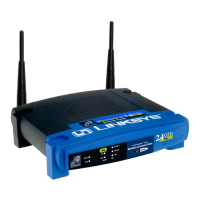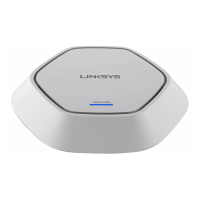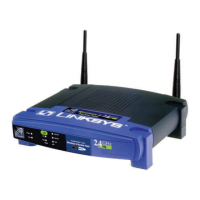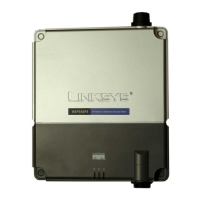88
Section 3: Configuring the Access Point
LAPAC1750PRO Access Point Software User Manual
Authentication Key If you specify MD5 as the authentication type, enter a
password to enable the SNMP agent to authenticate
requests sent by the user.
Note: The passphrase must be between 8 and 32
characters in length. If you wish to use a space in the
phrase, you must use quotation marks – ex: “Admin
123” – or the phrase will be truncated as Admin.
Encryption Type Select the type of privacy to use on SNMP requests
from the user:
• DES — Use DES encryption on SNMP requests
from the user.
• None — SNMP requests from this user require no
privacy.
Encryption Key If you specify DES as the privacy type, enter a key to
use to encrypt the SNMP requests.
Note: The passphrase must be between 8 and 32
characters in length. If you wish to use a space in the
phrase, you must use quotation marks – ex: “Admin
123” – or the phrase will be truncated as Admin.
SNMP Users This field shows the users that have been defined on
the AP.
Use the buttons on the page to perform the following tasks:
• Add: Add the new user to the SNMP Users table.
• Remove: Remove the selected user from the SNMP Users table.
• Save: Apply and save the changed SNMP user settings.
Captive Portal
This section describes the Captive Portal (CP) feature, which allows you to block
wireless clients from accessing the network until user verification has been
established. You can configure CP verification to allow access for both guest
and authenticated users. The access point CP feature supports both IPv4 and
IPv6 clients.
Authenticated users must be validated against a database of authorized
Captive Portal groups or users before access is granted. The database can be
stored locally on the access point or on a RADIUS server.
Captive Portal consists of two CP instances. Each instance can be configured
independently, with different verification methods for each VAP or SSID. The
AP operates concurrently with some VAPs configured for CP authentication
and other VAPs configured for normal wireless authentication methods, such
as WPA or WPA Enterprise.
This section describes the following features:
• Global ConfigurationAuthenticated Clients
• Failed Authentication Clients
Global Configuration
• Instance Configuration
• Instance Association
• Web Portal Customization
• Web Customization Preview
• Upload Custom Images
• Local Groups
• Local Users
• Authenticated Clients
• Failed Authentication Clients
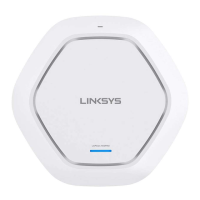
